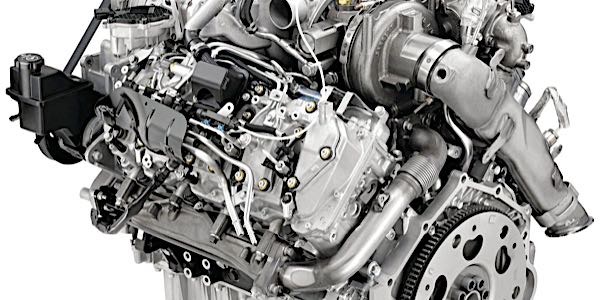Kia Tech Tip: New Part Cures EVAP Leaks
This bulletin provides the procedure to replace the Canister Close Valve (CCV) on some 2012- 2017MY Rio (UB) vehicles, produced from June 21, 2011, through March 28, 2016, which may exhibit the engine warning lamp DTCs P0455 and P0456 for an evaporative emission system leak due to the Canister Close Valve (CCV) stuck open.
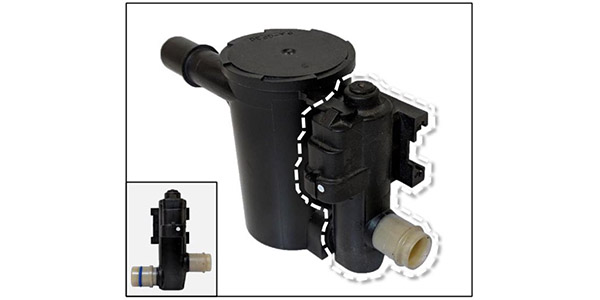
Poor Engine Performance Linked To Converter Failure
Today’s modern vehicles are equipped with a sophisticated emissions control device. These fail when the engine is not tuned up, as this leads to overworking the converter, overheating and possible clogging.
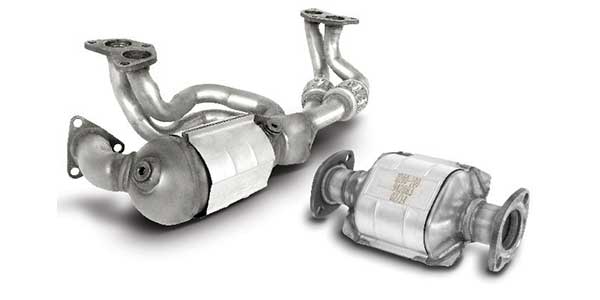
OBD II Emissions Monitors
OBD II is primarily emissions-driven and will set codes anytime a vehicle has a fault that may cause emissions to exceed federal limits by 1.5 times. It doesn’t necessarily mean the vehicle has a real emissions problem. Many times it does not. But, if the nature of the failure is such that it might cause emissions to rise, OBD II will set a code anyway. That is why some states are allowing motorists to opt for a second-chance tailpipe test if their vehicle fails an OBD II test. In many instances, the vehicle will pass the tailpipe test.
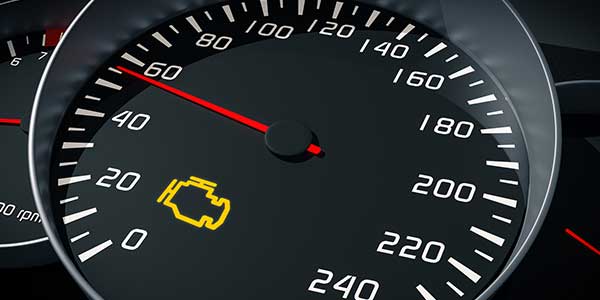
VIDEO: 3 Tips For A Leak-Free EGR Valve Gasket Installation
Learn how to achieve a leak-free EGR Valve Gasket with 3 simple tips! Watch Andrew Markel in this week’s Maintenance Minute as he stresses cleanliness during the replacement of the gasket. Sponsored by MAHLE.
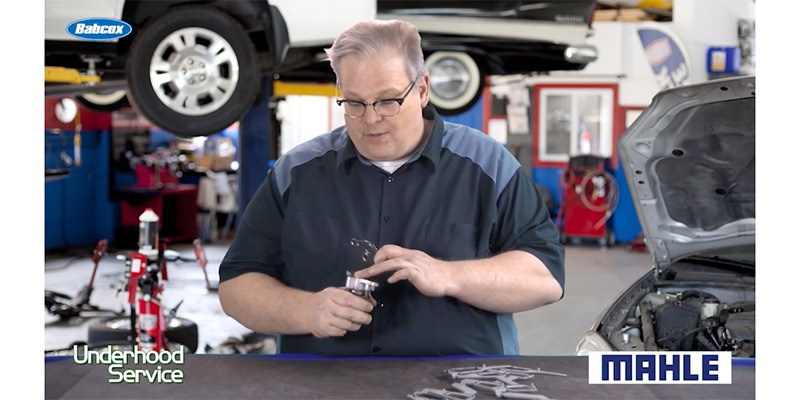
VIDEO: Detecting Leaks With A Scan Tool?
Andrew Markel explains how a scan tool can be used to detect a leak in the exhaust manifold. Sponsored by Auto Value and Bumper to Bumper.

Evaporative Vapor Emissions Control
These EVAP monitors can be run in two different ways. Ford, GM and some Asian imports use a vacuum to run the monitor. Chrysler, most European and a few Asian products use pressure to run the monitors.
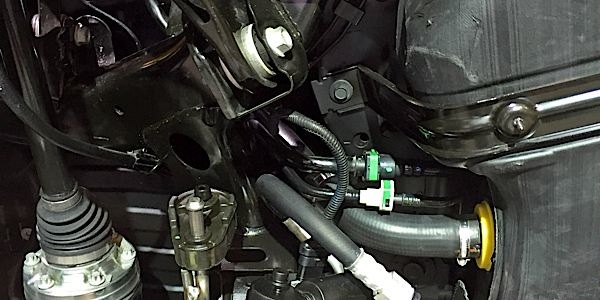
Diesel Exhaust Particulate Filters: How Do They Work, What Do They Do?
The Diesel Particulate Filter (DPF) is a ceramic filter that has thousands of tiny channels or honeycomb-shaped openings that trap the soot onto the channel walls and prevent the particulate matter (down to 1 micron) from exiting out the tailpipe. The honeycombed inner structure is covered with a layer of a chemical catalyst that contains small amounts of precious metals, usually platinum or palladium.
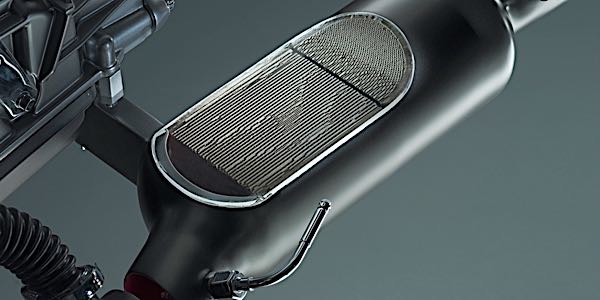
Oxygen Sensor And Catalyst Efficiency
The catalyst efficiency monitor verifies the catalytic converter is operating at a high enough efficiency rating to keep exhaust emissions within the predetermined values. The PCM compares the signals from the upstream and downstream oxygen sensors to determine the state of the converter. These “tests” are called the readiness monitors.
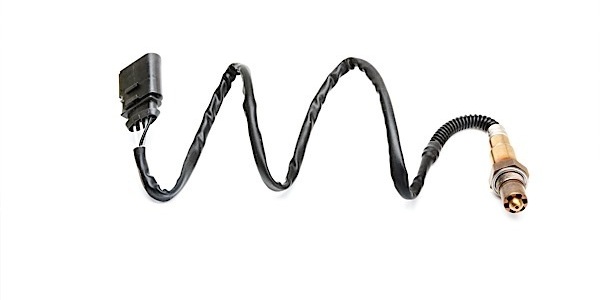
Turbocharging: Managing Pressure In The PCV System
Crankcase vapors are routed through the positive crankcase valve (PCV). The PCV valve is a simple spring-loaded valve with a sliding pintle inside. The system allows the vapors to be siphoned into the engine using engine vacuum.
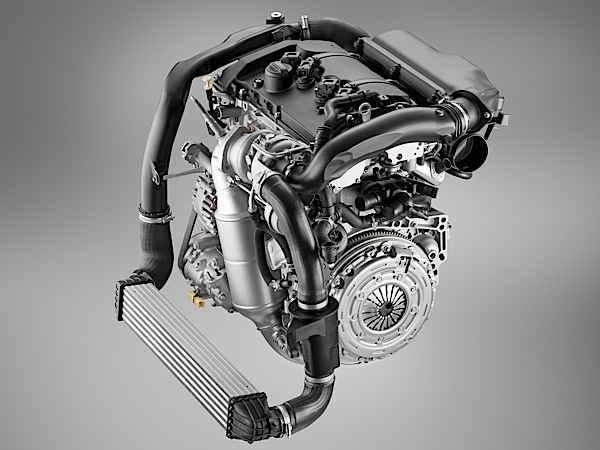
VIDEO: The EVAP System: Development And Emissions Standards
Andrew Markel discusses the development of the EVAP system as emissions standards changed over time. Sponsored by Standard.
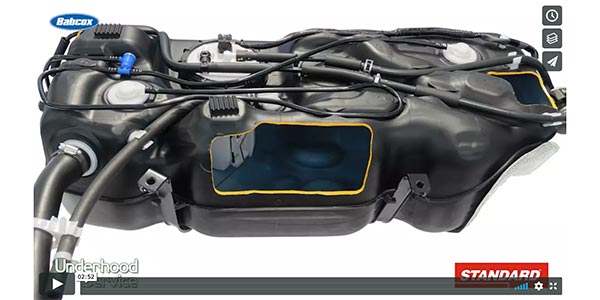
VIDEO: Oxygen Sensor Operation Modes
Andrew Markel explains the difference between closed and open loop operations, and which is more efficient. Sponsored by Bosch Automotive Service Solutions.
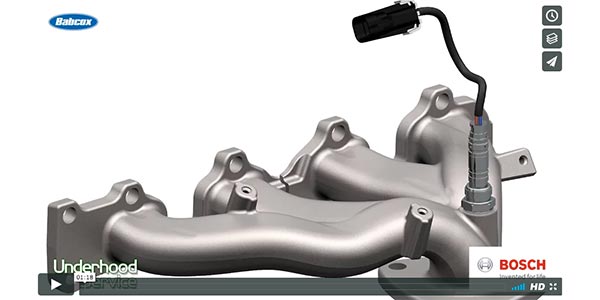
GM: Exhaust Smell in Cabin: Codes P0299 and P2263
Some owners may complain of an exhaust smell in the cabin and reduced engine power. Under acceleration, a hissing or whistling noise can be heard coming from under the hood. Also, codes P0299 and/or P2263 are present.
